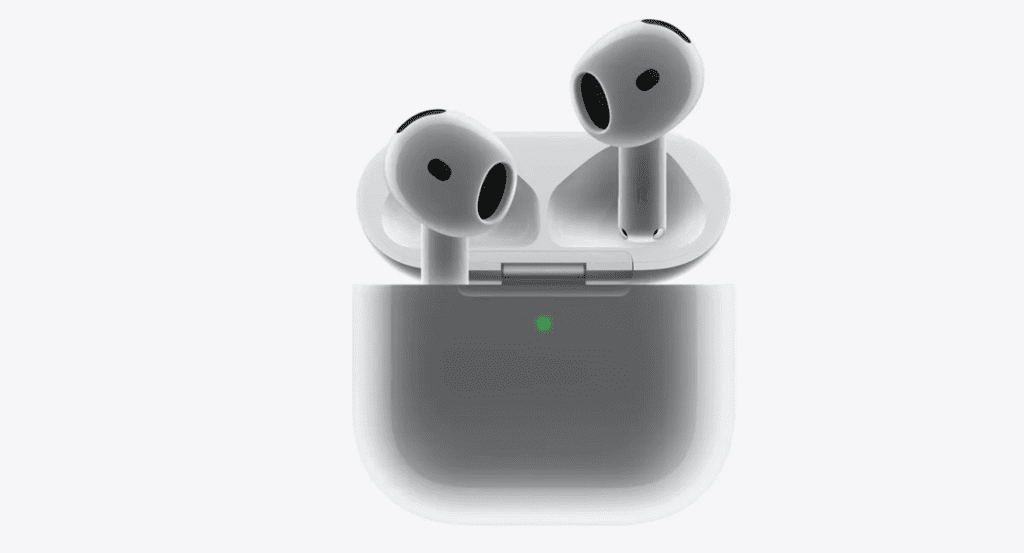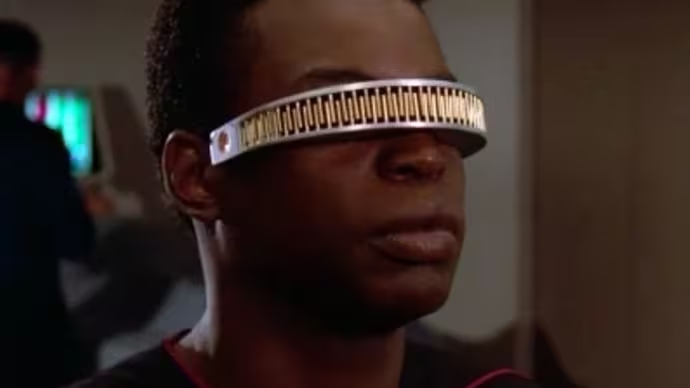Apple has once again taken a significant leap in innovation with the release of an exciting new update for its AirPods Pro 2, enabling them to function as hearing aids. This move aligns with the company’s dedication to enhancing accessibility for users with hearing impairments and has drawn widespread attention across the tech world. The feature rollout, officially announced in February 2025, provides AirPods Pro 2 owners with an affordable and practical solution for hearing assistance, opening up new possibilities for the integration of personal technology in daily life.
A Game-Changing Hearing Aid Update
The new hearing aid update for AirPods Pro 2 is a groundbreaking advancement for Apple’s accessibility offerings. As highlighted in the announcement from Apple’s official newsroom on February 25, 2025, the feature was made available through an over-the-air update for existing AirPods Pro 2 owners. This feature promises to improve the quality of life for millions of users by transforming a widely popular consumer tech device into a powerful hearing aid.
Apple’s VP of Accessibility, Sarah Herrlinger, emphasized that this innovation was part of the company’s broader mission to make technology more inclusive. With the update, users can benefit from enhanced amplification of sound, improved speech clarity, and real-time adjustments to environmental noise levels. This offers an essential alternative to traditional hearing aids, which are often expensive and lack the aesthetic appeal and multifunctionality of AirPods.
Features and Benefits of the AirPods Pro Hearing Aid
The AirPods Pro 2 hearing aid functionality is powered by advanced algorithms and adaptive technology to assist users in various acoustic environments. The “Conversation Boost” feature is a key highlight, enhancing speech detection while reducing background noise. This is particularly useful for those struggling to hear conversations in crowded or noisy settings, such as restaurants or outdoor events.
Another important aspect of the update is its seamless integration with Apple’s ecosystem. Users can personalize the hearing aid settings through the iPhone’s Health app, which monitors and adjusts the audio settings based on their unique hearing profile. The Live Listen feature, previously available, has now been optimized to work alongside the hearing aid capability, offering real-time audio adjustments for users in need of immediate sound amplification.
This new feature will benefit not only individuals with mild hearing loss but also those who want enhanced audio experiences in everyday situations. For example, tech enthusiasts have noted that users can now experience better sound clarity during phone calls, FaceTime, and even while streaming music, without needing to switch between hearing aids and earbuds.
Accessibility and the Future of Personal Audio Devices
Apple’s move to introduce hearing aid functionality in the AirPods Pro 2 is a significant step forward in the evolution of personal audio devices. Traditionally, hearing aids have been costly, with prices ranging from hundreds to thousands of dollars, often out of reach for many consumers. With this new feature, Apple offers an accessible solution that combines entertainment, communication, and now, hearing assistance in a single device.
This development also marks a paradigm shift in how tech companies approach accessibility. While companies like Bose and Samsung have made strides in improving audio experiences, Apple’s decision to incorporate hearing aid capabilities into an existing product sets a precedent for how mainstream technology can be adapted for niche medical uses. In the long run, this could lead to more widespread adoption of accessible tech across various industries.
By making personal audio devices more inclusive, Apple opens doors for further collaboration with health organizations and potential FDA approvals. The company is also setting a standard for integrating healthcare solutions into mainstream devices, which could encourage other tech giants to follow suit.
The Technical Side: How AirPods Pro 2 Enhances Hearing
The technical aspects of this hearing aid feature are worth exploring. Apple’s H1 chip, combined with adaptive algorithms, powers the real-time processing necessary to enhance sound and clarity. This enables the AirPods Pro 2 to dynamically adjust sound levels based on ambient noise and the user’s hearing preferences. The Transparency Mode, already popular for its ability to filter outside sounds while allowing users to remain aware of their surroundings, now works in tandem with the hearing aid feature to ensure that only important sounds are amplified.
Furthermore, the AirPods Pro 2 utilizes machine learning to adapt to different acoustic environments, improving over time as the user interacts with the device. The personalized sound profiles ensure that users receive the exact amplification they need, eliminating the one-size-fits-all approach that many traditional hearing aids offer.
Reception and Impact on the Tech Industry
The tech industry has reacted positively to this innovative update, with many viewing it as a natural progression for wearable technology. GB News reported that tech reviewers and hearing health professionals have expressed optimism about the feature, noting that it bridges the gap between consumer electronics and healthcare technology. Experts have praised the potential for the AirPods Pro 2 to serve as a disruptor in the hearing aid market, especially given that many users have historically been priced out of hearing solutions.
Apple’s decision to bring this feature to the AirPods Pro 2, rather than releasing a separate product, is also seen as a savvy move. By updating an already popular device, Apple can reach a larger audience, offering immediate value to existing customers while making a strong case for prospective buyers who may be considering alternatives to traditional hearing aids.
What’s Next for Apple’s Accessibility Efforts?
As Apple continues to push the boundaries of what its devices can offer, the company is likely to explore even more applications of adaptive technology in the future. Wearable tech is fast becoming a staple in healthcare, and the AirPods Pro 2 hearing aid update is a clear example of how consumer tech can be adapted to serve broader health needs.
Apple’s long-standing commitment to accessibility is evident in other products like the Apple Watch, which includes features for heart health and emergency services. The hearing aid functionality for the AirPods Pro 2 is part of a larger trend toward making health data more accessible to users in real-time, enabling them to take better control of their well-being.
The impact of this update is expected to resonate not only in the tech community but also in healthcare circles, where affordable solutions for hearing impairments are sorely needed. As more users adopt the AirPods Pro 2 for hearing assistance, the industry may see a rise in innovative approaches to assistive technology.
In conclusion, Apple’s introduction of the hearing aid feature in the AirPods Pro 2 marks a monumental step forward in making everyday tech more inclusive. The integration of accessibility features into popular consumer devices like AirPods opens new opportunities for users and sets the stage for the future of personal audio technology.























